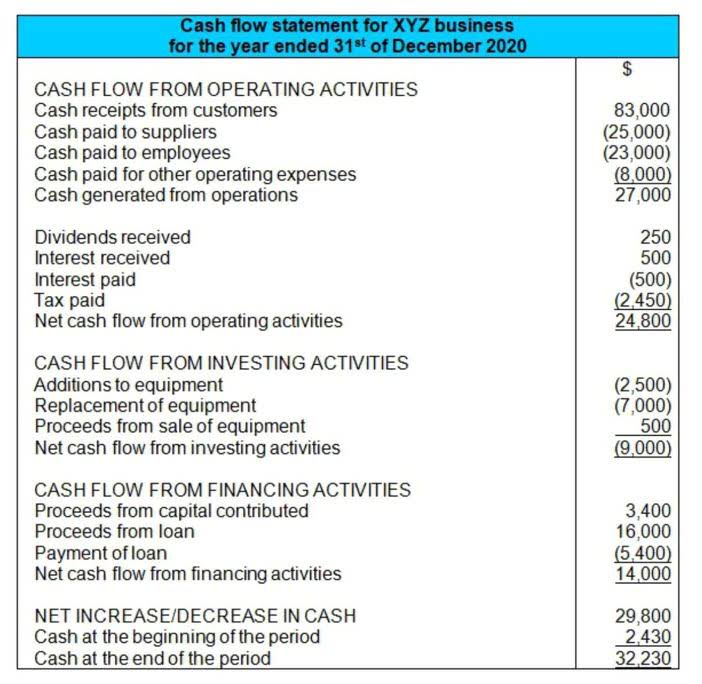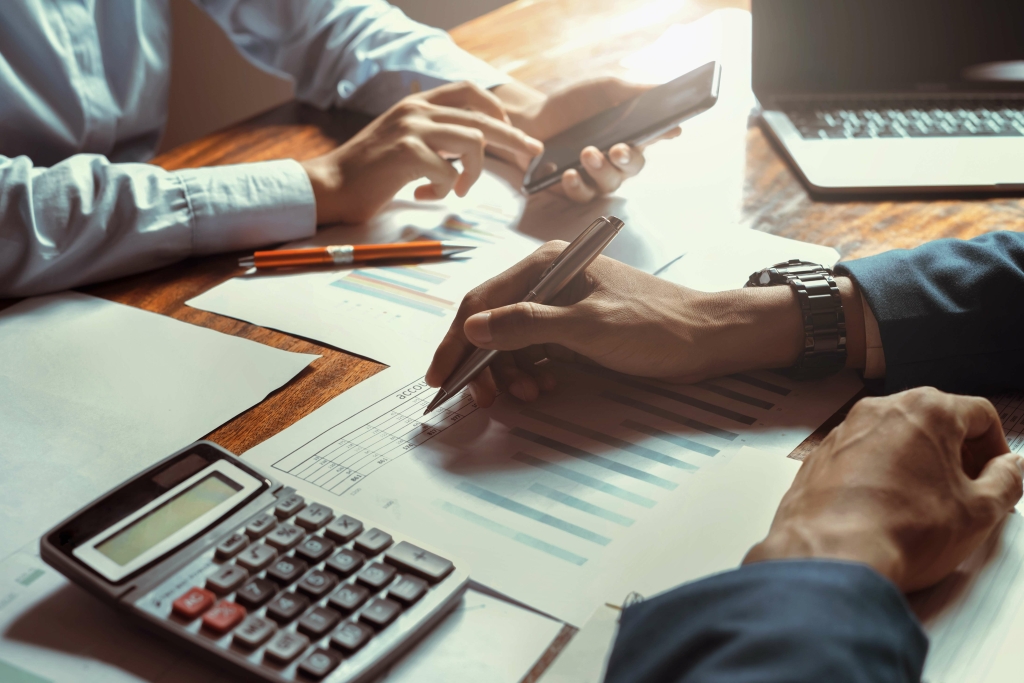Bookkeeping 101: Bookkeeping Basics for Small Businesses

Just as reporting standards vary regionally, they also vary by industry. When in doubt, don’t be afraid to talk to other business owners and find out how they hired a bookkeeper and what bookkeeping methods they prefer to use. When you account for deferred expenses, your bookkeeping will reflect the month you actually enjoy the benefit of the expense rather than the month in which you paid it. As illustrated above, between the two basic methods of accounting (cash or accrual), you can best account for prepaid expenses using the accrual method. Proper bookkeeping also allows you to determine the areas within your company that could benefit from improvements. If you’re a small business owner, it’s necessary to set projections and forecast the future of your business.

Do I need a business degree to start a business?
Some accounting software comes with invoicing features, like automated payment reminders, or you may opt for separate invoicing software. Many online payroll services include features that help you administer benefits in the same platform, as well as integrations for accounting software. Many offer workers the option to get a payment card, so they can receive money before payday and use the card directly to make purchases.
Best Accounting Software for Aussie Businesses – Forbes Advisor Australia — Forbes
Best Accounting Software for Aussie Businesses – Forbes Advisor Australia.
Posted: Thu, 12 Oct 2023 07:00:00 GMT [source]
Best for Controlling Payroll Costs
Delays to money entering the business can impact how flexible you can be, and even prevent you from making basic purchases. Though many tasks fall under bookkeeping, there are five essentials that you need to do to keep things rolling smoothly and legally. If you’re driving long distances for meetings, then you can keep track of your https://www.bookstime.com/ mileage and log how far you’ve travelled and the costs that go with it. Just as school kids take achievement tests to track their school’s education outcomes, you need to be able to track how you’re succeeding. And since finances are a significant portion of how “successful” your business is, you need to be able to track them.
Reconciling Your Accounts
We’ve compiled a list of the best bookkeeping software to help you decide. To effectively track how your money is flowing, you’ll need to categorize each transaction. Categorizing your transactions with simple but fitting labels makes it easier to see your financials at a glance. Plus, it can help you when tax time rolls around to differentiate your expenses from your income. Revenue is all the income a business receives in selling its products or services. Costs, also known as the cost of goods sold, is all the money a business spends to buy or manufacture the goods or services it sells to its customers.

Choose accrual or cash basis accounting method
RUN by ADP has a 4.5 rating on Capterra and G2 with a total of 2,075 user reviews. Users love that the software has lots of self-service and automation features to save companies time and money. However, customer service is often unresponsive and they wish the time keeping app were included in RUN by ADP’s plans. The most basic plan offers payroll tools, while subsequent plans offer more in-depth HR tools. You can do so by clicking “get pricing” on the RUN by ADP pricing page and filling out the questionnaire as prompted.
- Enter some basic business information and we’ll send you up to five free quotes customized to your unique bookkeeping needs.
- In addition, customization of reporting, templates and the dashboard is limited.
- You may need a certification or to buy some tools and equipment, but many small businesses can be started for under $1,000.
- Even if you need to have a call with the accounting software sales team, you can quickly get help to figure out which plan is the best fit for your business.
- Jami has collaborated with clients large and small in the technology, financial, and post-secondary fields.
While you can do this in a client’s home, most groomers have either a retail location or a mobile pet salon where they have all their supplies and tools. Are you skilled with a musical instrument, or do you have small business bookkeeping golden pipes? Sharing those skills with others can help foster a love of the arts. You can either set up a studio at your home or travel to your clients’ homes, depending on what works best for your situation.
- For managing contract employees, the platform auto-generates Form 1099 when needed and grants contractors self-serve access to key tax documents.
- When you don’t account for your transactions properly, it can put you and your whole business at risk.
- However, it can be difficult to catch up if you fall behind on reconciling transactions or tracking unpaid invoices.
- Bookkeeping software helps you prepare these financial reports, many in real-time.
- Any systems that must sync to derive this data, such as time clock software or systems, happen automatically, so I didn’t have to worry about any of those processes.
- The two primary methods of small business accounting are cash-based and accrual.
- Still, the Premium package represents a better value and maintains compliance following your launch.
- You’ve used your entrepreneurial prowess to produce a product or service that your customers need.
- And, with the ability to pause the subscription, it is great for service companies such as landscapers who hire contractors often and endure off-seasons.
- Use tools to help you set a budget and manage your assets to better oversee your operational costs.
- If you’re using spreadsheet software as your GL, you’ll need to enter each transaction by hand.
- You can make a standard informational website or an e-commerce site where you sell products online.






